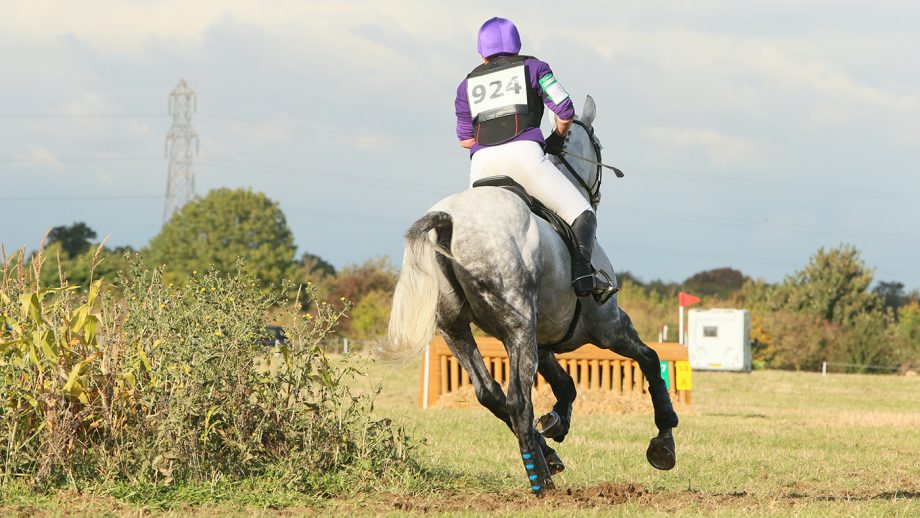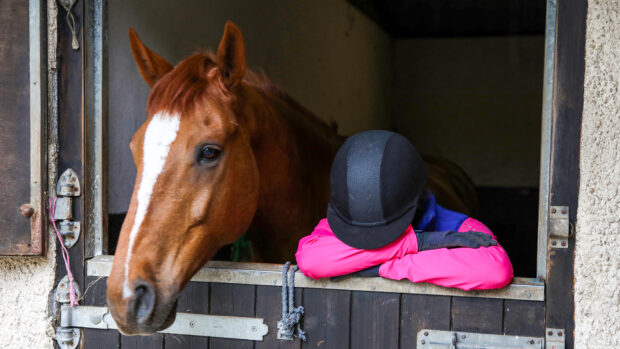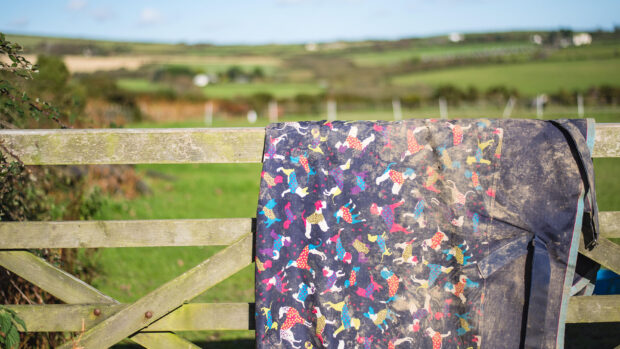OWNERS have been urged not to cut corners in essential horse care as the cost of living crisis “starts to bite”.
Concerns continue around rising costs, but industry experts have warned that with horses, prevention is “better than cure” and veterinary treatment, hoof care and saddle fittings should not be scrimped on to save money.
British Equine Veterinary Association (BEVA) ethics and welfare committee chair Lucy Grieve told H&H horse ownership comes with a “degree of cost” that can only be “minimised so far”.
“There is a basic level of need that must be met for horses, including the obvious things like food, water, exercise and shelter. However, the needs that are addressed more intermittently are more easily “bumped’’ or postponed when money is tight, which can lead to serious problems that can be detrimental to the horse’s health and end up costing more money in the long run,” she said.
“Not keeping up to date with vaccinations puts your horse at risk from the potentially fatal disease, tetanus, and puts your horse and others at risk of an equine influenza outbreak.
“Worm control can easily get out-of-control and this is only realised when it is too late. It’s too easy to let routine testing slip and before you know it, there can be a significant worm problem that can cause internal disease and life-threatening colic.”
Ms Grieve added that routine dental care is also important to maintain.
“Dental problems are much easier to treat and manage if they are caught early. Once they are more advanced, it can be costly and invasive to treat them, and the horse can have been in significant pain before other signs, such as quidding, become apparent,” she said.
BEVA president Huw Griffiths told H&H the organisation is “keeping a careful eye” on the cost of living situation. He said owners can save money by considering things such as shared vet visits and planning routine treatment in advance.
“In veterinary medicine, prevention is better than cure – it is also much cheaper. Discuss routine treatments with your vet and create the best infrastructure for best effect, with least expenditure,“ he said. “Avoiding preventative healthcare will unfortunately likely lead to increased expenditure and reduced welfare long term.
“Most practices are familiar with clients who are struggling to make ends meet. The key to a successful outcome is honesty and communication. If you know you are going to struggle to pay the bill immediately, discuss this with your vet before the visit. It is likely they will be able to help in some way and even if they can’t, they will help you find the best outcome within your abilities.”
The Farrier Registration Council (FRC) has spoken about the importance of not reducing routine hoof care to save money.
“Extending the period between shoeing or trimmings might at first glance seem like a quick way to reduce the annual costs of foot care,” the FRC spokesman told H&H. “The average horse is generally shod approximately eight or nine times a year when on a six-week interval; increasing this to seven or eight weeks will usually save you one visit over the course of the year. This saving might equate to just around £2 a week.
“Leaving the same shoes on for longer might also increase the likelihood of a shoe being lost. This will result in a call-out from your farrier; given the cost of fuel and time, this will most likely cost more than you would have saved by delaying.
“Other pathological issues can range from corns and damaged hoof capsules all the way to tendon damage and joint issues. Routine costs are usually much less than the emergency, unexpected fees.”
Society of Master Saddlers master saddle fitter Steph Bradley of Freedom Saddlery told H&H that regular saddle fittings are one of the things that can often be overlooked by owners, and this has been exacerbated with the cost of living crisis.
“People might think, ‘I’ll leave that six months or have it done next year.’ They tend to think nothing is wrong, but it’s creating a false economy because often the things that are wrong, you can’t physically see,” she said.
“You might think everything is OK, but actually maybe something is starting to wear or some flock has gone asymmetrical. These minor adjustments can make such a big difference to the comfort, welfare and performance of the horse.
Ms Bradley, who is also a British Horse Society accredited coach, has dropped her saddle-fitting prices from £65 to £50 for three months to try to help clients – and those that book their next six-monthly appointment will also be entitled to the discount.
“I’m trying to think differently to try to encourage people to carry on having saddle fittings done because it’s an easy thing to drop off the routine management. I’m also offering an option of a 20-minute coaching session included in the price, so it gives owners a little bit more for what they’re paying.”
World Horse Welfare deputy chief executive Tony Tyler told H&H the charity is beginning to receive more calls from people seeking advice on how to rehome their horses owing to financial concerns.
“It’s more of a trickle than a stream at the moment, but that could very well change come autumn and winter. There are things owners can do to save money and still provide good care, but they should be aware of false economies – scrimping on vet, dental or farrier care is not recommended,” he said.
“We encourage owners to look at the advice produced by the National Equine Welfare Council on how to cut costs without cutting care. If an owner or someone they know is concerned or struggling, we urge them to contact us or another charity for advice.”
You might also be interested in:

Compete or train? How the cost of living is having an impact on the horse world

Cost of living concerns as welfare charity reports ‘steep’ rise in calls from worried owners

Subscribe to Horse & Hound magazine today – and enjoy unlimited website access all year round
Horse & Hound magazine, out every Thursday, is packed with all the latest news and reports, as well as interviews, specials, nostalgia, vet and training advice. Find how you can enjoy the magazine delivered to your door every week, plus options to upgrade your subscription to access our online service that brings you breaking news and reports as well as other benefits.




